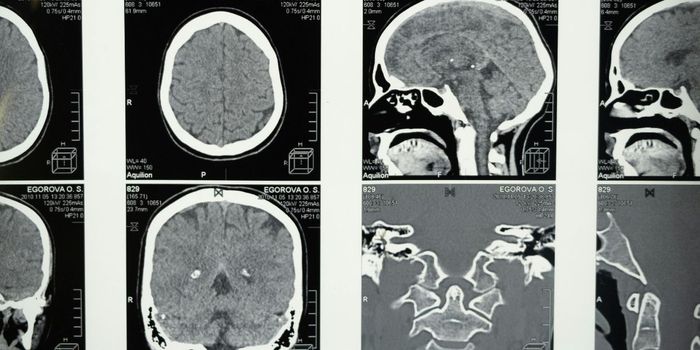A color-coded flat map of 1,923 rat cortical association macroconnections ("Architecture of the cerebral cortical association connectome underlying cognition," by Mihail Bota, Olaf Sporns and Larry W. Swanson, published in PNAS 2015/DOI number 10.1073/pnas.1504394112″) (Source: Illustration/PNAS/USC)
A color-coded flat map of 1,923 rat cortical association macroconnections ("Architecture of the cerebral cortical association connectome underlying cognition," by Mihail Bota, Olaf Sporns and Larry W. Swanson, published in PNAS 2015/DOI number 10.1073/pnas.1504394112″) (Source: Illustration/PNAS/USC)
Researchers sketching out a wiring diagram for rat brains - a field known as "connectomics" - have discovered that its structure is organized like the Internet.

For years, scientists looking for clues to brain function through its structure focused on what could be seen - the brain's lobes, grooves and folds. Now, with a more comprehensive picture of how neurons connect to one another, they've discovered local networks of neurons layered like the shells in a Russian nesting doll.
"The cerebral cortex is like a mini-Internet," said Larry Swanson, professor at the USC Dornsife College of Letters, Arts and Sciences, and corresponding author of a paper on the discovery. "The Internet has countless local area networks that then connect with larger, regional networks and ultimately with the backbone of the Internet. The brain operates in a similar way."
The study will be published today in the Proceedings of the National Academy of Sciences.
Hardwired information
Two local networks - one governing vision and learning, and another tapped into bodily concerns like muscle and organ function - make up the inner shell of the rat's cerebral cortex. Two others - one governing smell, and another that assembles and makes sense of the information from the other three networks - make up the outer shell.
This means that certain flows of information are genetically "hardwired" into the brain, Swanson said.
The discovery is the result of a massive, labor-intensive effort to organize 40 years' worth of data from peer-reviewed research articles detailing connections in rat brains.
"The data was already out there; it just needed to be compiled into a more useful format," Swanson said.
Lead author Mihail Bota of USC Dornsife created the database from more than 16,000 reports of connections, which he weighted both on the strength of the connection and the reliability of the methodology used to discover it. The process took more than 4,000 hours to complete, yielding a database that is free and available.
Olaf Sporns of Indiana University subsequently performed a network analysis of the connections.
In addition to finding the local networks, the team also discovered hubs - highly interconnected and crucial centers of neural traffic linking local networks together. Previous research has shown that the regions the team identified as hubs can be, when damaged, the source of neurodegenerative diseases and epilepsy.
The team used studies of rat brains because of the sheer volume of detailed information available. Swanson believes that the database can create an important link between human brain studies - which are largely done as non-invasive functional magnetic resonance imaging scans - and rat brain studies, which can be more in-depth.
"Having a wiring diagram for the brain will allow knowledge to flow both ways between human and animal studies," Swanson said. "This allows us to take theories from human brain scan studies and experimentally verify them in animals, and discoveries made in animal studies are likely to have an analogue in humans."
Collections and computational strategies
In that way, Swanson's work complements the ongoing research of Arthur Toga and Paul Thompson at the USC Mark and Mary Stevens Neuroimaging and Informatics Institute.
Like Swanson, researchers at the Stevens Institute use huge data collections and computational strategies to mine for new insight into the brain.
We're bridging the gap between our work in rat brains and the Stevens Institute's work with human brains," Swanson said. "If we can connect these two veins of neuroscience in a concrete and meaningful way, then we can dramatically expand our reservoir of information about the brain practically overnight."
The Stevens Institute - recently named and endowed by a $50 million gift from longtime USC benefactors Mark and Mary Stevens - is home to the largest collection of brain scans in the world.
In the future, Swanson hopes to be able to expand the neural-connection map of the rat brain beyond the cerebral cortex, some day mapping the entire nervous system.
The research was supported in part by a grant from the National Institutes of Health.
Source: University of Southern California









